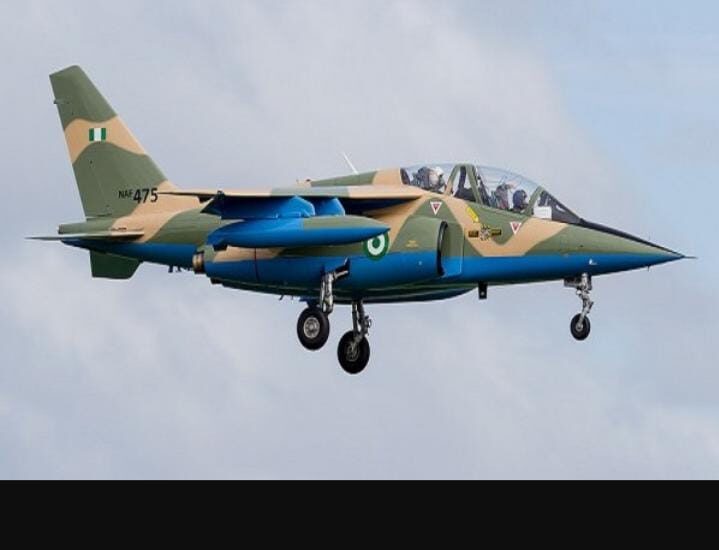
In the face of natural disasters, even the most meticulously planned military operations can be disrupted. Recently, a powerful earthquake off the coast of Taiwan sent ripples of chaos through the region, leading to an unexpected traffic jam of Japanese air power. This article delves into the extraordinary measures taken by the Japan Air Self-Defense Force (JASDF) in response to the seismic event and explores the challenges posed when nature becomes the adversary.
Scrambling Jets on the Streets:
Following the 7.4-magnitude earthquake and subsequent tsunami alert, the Naha Air Base of the JASDF sprung into action. Instead of relying on conventional runways, a dozen F-15J fighter jets were swiftly relocated to a two-lane road on higher ground. Images circulated on social media captured the surreal scene of warplanes occupying a stretch of asphalt, highlighting the ingenuity and adaptability of military personnel in crisis situations.
Practiced Precision:
Moving fighter jets onto a roadway is not a spontaneous decision but a meticulously rehearsed procedure. The base spokesperson emphasized that such maneuvers are part of regular evacuation drills, enabling the rapid relocation of aircraft in times of emergency. Despite the logistical challenges posed by relocating heavy, high-speed jets, the operation was executed with remarkable efficiency, taking a mere 15 to 20 minutes.
The F-15J: Backbone of Japan’s Air Force:
The F-15J, a formidable variant of the renowned US-designed F-15, serves as the cornerstone of Japan’s air defense capabilities. With a price tag of approximately $30 million each, these twin-engine jets boast impressive specifications, including a cruising speed of 2.5 times the speed of sound. However, during the tsunami alert, the task of moving these behemoths fell to aircraft tugs, underscoring the importance of collaboration and adaptability in crisis management.
Return to Normalcy:
Fortunately, the tsunami warning proved to be a false alarm, allowing operations to swiftly return to normal. As quickly as the fighter jets had occupied the makeshift airstrip, they were repositioned to their designated runways, ready to resume their duties in safeguarding Japanese airspace. The seamless transition underscores the resilience and preparedness of the JASDF in navigating unforeseen challenges.
Taiwan’s Defense Ministry:
The earthquake also reverberated across Taiwan, impacting its defense capabilities. Eight warplanes, including F-16s and F-5s, sustained minor damage during the temblor. However, Taiwan’s Defense Ministry assured that combat readiness remained unaffected, with prompt repairs ensuring the integrity of the aircraft.
Conclusion:
The earthquake off Taiwan’s coast serves as a stark reminder of the unpredictable forces of nature and the critical role played by military forces in disaster response. The agility and resourcefulness demonstrated by the Japan Air Self-Defense Force in relocating fighter jets to a roadway exemplify the adaptability required in crisis situations. As nations grapple with the dual challenges of geopolitical tensions and natural disasters, the ability to swiftly mobilize and respond remains paramount.
Thanks For Reading
Related Articles
Breaking Barriers: Mitsuko Tottori’s Rise to the Top at Japan Airlines
Breaking News: North Korea-Japan World Cup Qualifier Postponed
Breaking Barriers: Japan High Court Declares Same-Sex Marriage Ban Unconstitutional
Japan Urges Caution: Trump’s China Deal Could Nissan’s Bold Move: Self-Driving Taxis in Japan
Russia Rejects Idea of Ukraine Peace Talks Without Moscow
Subscribe to Follow Global Trends for daily global news
Make Money Online Working Remotely
To Advertise, send a mail to advertise@followglobaltrends.com
Find Out How To Make Money As A Full Time Writer/Blogger
Written By: Ademola Oyawe


